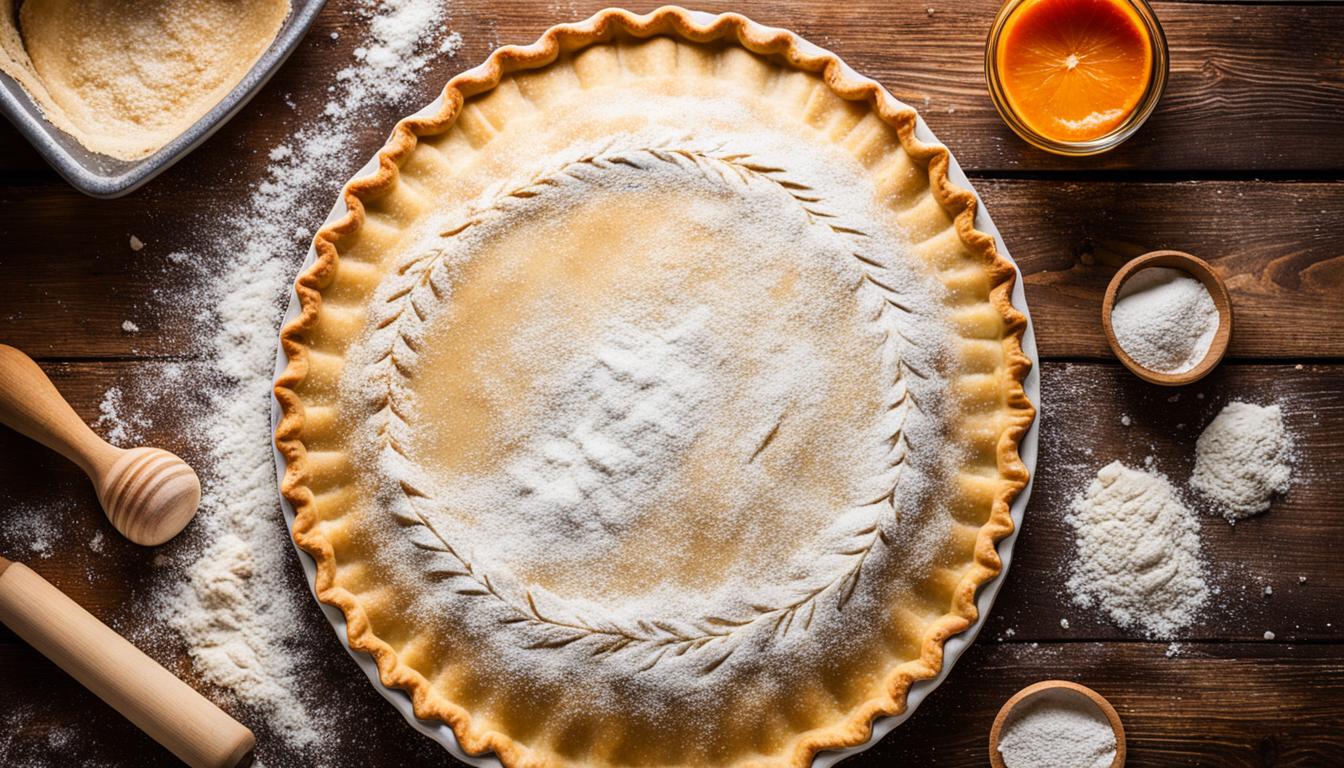Are you tired of struggling with homemade pie crust? Do you dream of effortlessly achieving the perfect flaky, tender, and foolproof crust? Look no further! We have the ultimate solution for you: easy pie dough crust tips from BraveTart Food Lab.
When it comes to pie dough, BraveTart Food Lab knows their stuff. They offer two different pie dough recipes, each with its own unique advantages. Whether you’re an experienced baker or a complete novice in the kitchen, they have a recipe that will suit your needs.
One of their popular options is the Easy Pie Dough. This recipe is designed to solve common problems like cutting fat into flour and rolling out the dough without cracking. By using a food processor, you can create a fat/flour paste that results in a tender and crisp crust. But here’s the catch: this crust has a tendency to lose its form while baking. Would you still give it a try?
On the other hand, there’s Stella’s Old-Fashioned Flaky Pie Dough. This recipe encourages gluten formation and uses a high ratio of butter to create a firm yet light crust with flaky layers. It holds its shape better during baking and resists absorbing moisture from the filling. It sounds delicious, doesn’t it?
So, which pie dough recipe will you choose? Are you ready to explore the secrets behind the perfect pie dough? Dive deeper into the science and techniques behind creating the best pie dough from scratch in the next section.
The Science Behind Perfect Pie Dough
Making perfect pie dough requires an understanding of the science behind it. The traditional method of cutting butter into flour to create flaky layers is not as accurate as previously thought. In reality, it is the flour that coats pockets of pure fat, and a flour-fat paste is formed at the interface between the fat and the flour. This paste behaves similarly to pure fat, resulting in flaky layers when baked.
The key to achieving the right texture is to define the amount of flour used for gluten formation and the amount coated with fat. Different pie dough recipes offer variations in fat-to-flour ratios and techniques. The choice of fat, such as butter, shortening, or lard, also affects the texture and flavor of the crust.
Understanding these factors and following the proper techniques can help bakers create the perfect pie dough from scratch. By experimenting with the fat-to-flour ratio and techniques, bakers can achieve an easy flaky pie crust or a perfect pie crust that suits their preferences.
A Thoughtful Approach to Pie Dough
When it comes to making pie dough, there are countless shortcuts and tricks out there. However, at BraveTart Food Lab, we believe in taking a thoughtful and intuitive approach to achieve the perfect crust. Rather than relying on gimmicks like vodka or food processors, we emphasize understanding the visual and tactile benchmarks of the dough.
Our Butter Lab’s Pie Dough recipe provides precise instructions on cutting the butter into the flour and gauging the hydration of the dough. By paying close attention to the texture and feel of the dough at each stage, bakers can achieve the desired flavor and texture of the crust. We recommend the use of European butter, low-protein flour, and a splash of apple cider vinegar for added flavor and ease of handling.
Our goal is to provide meaningful guidance that encourages bakers to develop their own intuition. We believe that by understanding the fundamentals and trusting your senses, you can create a homemade pie crust that is both foolproof and delicious. So, put away the shortcuts, embrace the process, and let your intuition guide you to pie perfection.
